Another fascinating week watching migration in action.
The best place to see migration in action is from my seawatching station on the south tip of the South Peninsular. Here you can see not just migrating seabirds but also waders, egrets and land birds.
For seabirds this week, more terns - another three Great Crested following the first two last week, also two Gull-billed and two Little, plus the first signs of migration from Red-necked Phalarope which have been later than usual this year


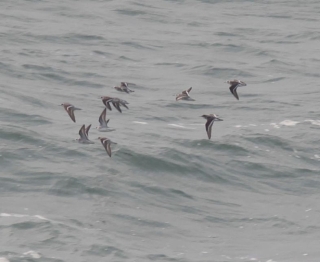
Also waders, Grey Plover, Whimbrel, Greenshank, Wood Sandpiper, Ruddy Turnstone as well as the Red-necked Phalarope (which I count as a seabird) - Greenshank and Wood Sandpiper here
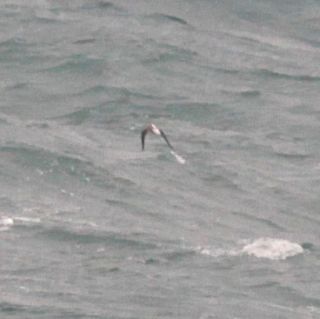
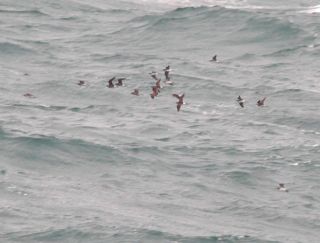
All the main egrets can now be seen migrating, Great, Little, Cattle Egret and Pond Heron, often in mixed flocks, plus this week a single Swinhoe's Egret and a Black-crowned Night Heron



Raptors, this week another Osprey and on Thursday several flocks of Grey-faced Buzzard including this one of 12 (only nine in the photo)

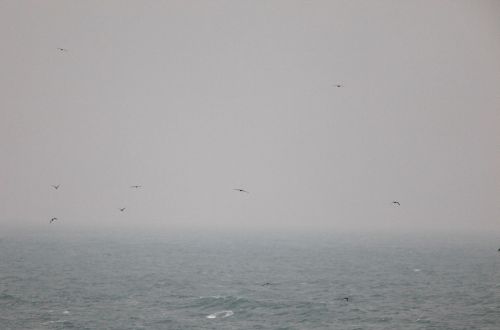
Small landbirds are difficult to see over the water, mostly seen when they land on the rocks beside me - here a
tschutschensis Yellow Wagtail, a forerunner of many more over the next few weeks

One of the many hazards faced by land birds on migration is predation by larger birds. Peregrines are always present at migration time, living off Red-necked Phalarope and small land birds, also Black Kites. Land birds flying over water are particularly vulnerable because they have nowhere to land, I have seen Black Kites take a tired Brown Shrike several times - but a Barn Swallow? - impossible ... or so I thought until I witnessed it myself


It seems a Barn Swallow does not have enough wing-power to move quickly when trapped over the sea.
So, a good selection of what makes seawatching so interesting in spring.
On land, another wet week but with good birds. Tuesday was easily the best day, many birds seemed to leave on Tuesday night. Bird of the week was the Rustic Bunting found near the Ferry Pier just as the Tuesday return ferry was leaving and photographed here and elsewhere
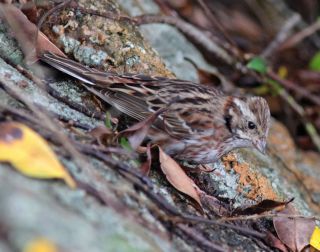
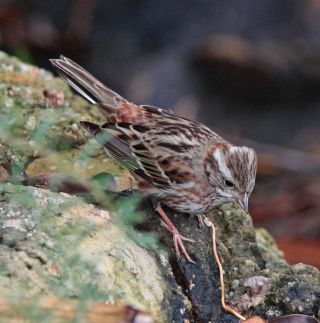
This bird had just arrived and was desperately searching for food.
Mostly flycatchers, Ferruginous, Narcissus, Mugimaki and Blue-and-white, and buntings, many Little and Black-faced, also Tristram's and Yellow-browed, but also two White-breasted Waterhen, a Brown Hawk Owl, the hepatic Oriental Cuckoo all week together with seven Ashy Minivets with one Swinhoe's and three Brambling but on Tuesday only. Here some flycatchers and buntings and the Oriental Cuckoo, photo thanks to Mei Ling Tang





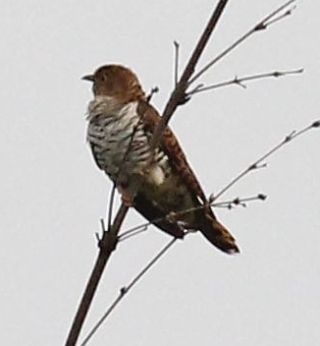
As we move into the second half of April, 'colourful' flycatchers will be replaced by Asia Brown and Grey-streaked, Chinese Goshawks will replace Grey-faced Buzzards, Brown Shrikes will start arriving, and maybe some exotics - Malayan Night Heron or Fairy Pitta would be good
[
Last edited by wgeoff at 13/04/2013 08:08 ]


